 |
 |
 |
 |
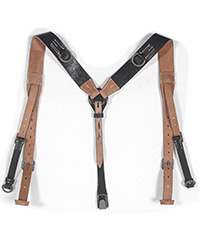
|
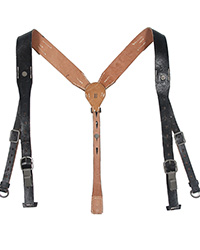
|
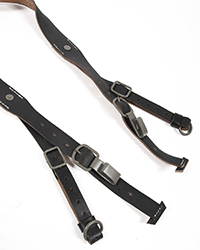
|
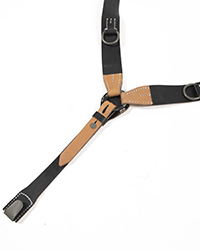
|
|
|
|
|
|
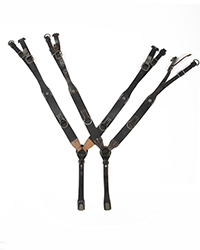
|
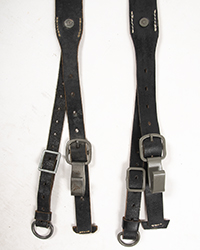
|
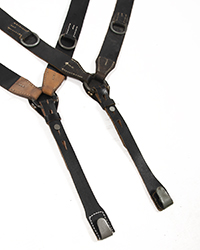
|
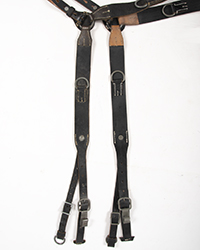
|
ATF (L) vs. Original (R)
Same cut, same hardware,
same stitching.
Comparison is between
regular length Y-straps.
|
Original (L) vs. ATF (R)
Comparison is between
regular length Y-straps.
|
ATF (L) vs. Original (R)
I folded our backstrap inward
to match the one on the original.
Comparison is between
regular length Y-straps.
|
Original (L) vs. ATF (R)
Comparison is between
regular length Y-straps.
|
|
|
|
|
|
|
|
|
|
|
|
|
|
|
|
|
|
|
|
|
Long version of the Texled M42 Y-straps. This size is recommended for anyone over 6ft in height.
Top quality reproduction of the mid-later War Combat Y-straps. We have finally been able to create "Texled" grade gear entirely overseas without having to cut and ship parts from here for them to use- which cut the price in half. These are now on par with our previous TexledY-straps, as well as with the better reproductions from Europe. There are zero compromises or cut corners on these.
Our Y-straps are made from first grade, 8-9 oz veg tanned leather, flesh side out, cut in the correct WWII pattern (including the backstrap)- the design came directly from a damaged original donor. The steel hardware is entirely custom made, again from authentic examples and all parts are saddle-stitched by hand with the correct natural white cord. The only piece I consider not quite utterly perfect are the washers on the rivets- although some originals are flat, most have a rib pressed into them.
RB numbered on the shoulder straps.
Y-straps of WWII:Although introduced in 1939, the Koppeltragegestell für Infanterie" didn't become commonplace until 1941. Although the design remained the same, there were several minor design changes implemented during the course of the War. Early straps had aluminum hardware which was switched to steel during 1940. Sometime in 1942-43 the adjustment method for auxiliary straps was changed from a stud to a slide, and the rivet cover stitching was simplified. There were also a number of manufacturer variations in the types of hardware and design of the smaller parts.
"M42" is NOT a WWII German designation- we created it simply to easily identify this style, and 1942 is the earliest date I have encountered on originals of this type. These are readily identifiable in period photos by the exposed stitching on either side of the front rivets. They never entirely replaced the earlier style, and it was unlikely that they were meant to. These changes were just to speed up production.
Long Originals? I developed the pattern for these in 1997 based on a damaged original- all that remained was the O-ring, main shoulder straps and the tongue. They were heavily worn, but appeared to be "factory". Since we moved to Columbia in 2001 I have not been able to find them nor have I ever encountered another original example. It's possible that the set I had were made at unit level.
Backstrap note: Reenactors prefer the back strap to be folded toward the outside which shows the brown color of the underside. In WWII, they were worn either way- my original was folded toward the inside so that's why it's set up that way in the comparison photos. The WWII example was a bit stiff and I feared it would crack if I tried to reverse it. If you cull through period photos, one can find them being worn both ways- just for "proof".
Imported
|
|
 |
 |
 |
 |

|